What is the coffee grading system in Kenya? What's the difference between Kenyan AA TOP and Kenyan AA?
Last time we talked about Esse's coffee grading, today let's take a look at the coffee grading in Kenya. After all, you will see AA and AB as soon as you see Kenyan coffee. What on earth do you mean? What is AA TOP?
Coffee producers in Kenya are mainly divided into two types, the first type is large estates, and the other is the so-called "small farmers". However, whether they are large coffee farms or small farmers, the coffee beans produced by them have been refined, the vast majority will be transported to the official Kenyan coffee shop for unified grading identification.
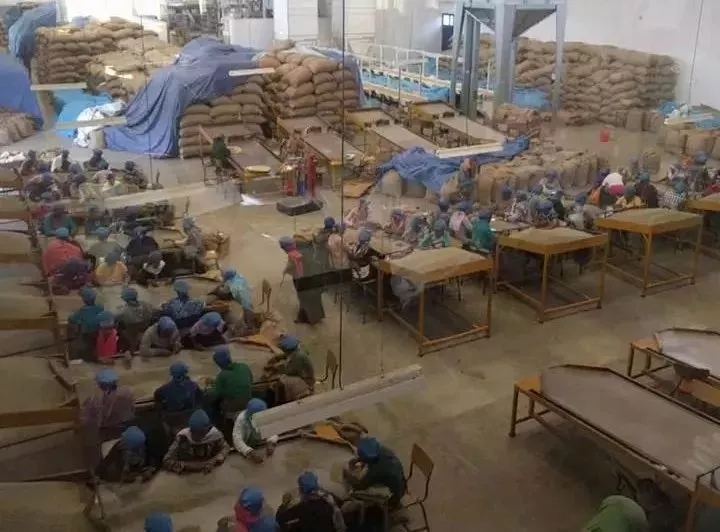
The coffee bureau will first send samples of these coffee beans to be auctioned to interested buyers for trial, and hold an auction every Tuesday at the Nairobi Coffee Exchange Coffee Exchange (Nairobi Coffee Exchange) in Nairobi, the capital of Kenya. Through a transparent auction mechanism and a dual-system parallel approach of official sales agents and independent sales agents, foreign buyers can also directly negotiate with corresponding producers to buy coffee. There is no need to go through the official auction board, so producers' hard work can be rewarded more fairly and equitably, without being exploited by the brokers in the middle.

The Kenyan government takes the coffee industry very seriously, where it is illegal to cut down or destroy coffee trees, and it is rare to see any country as strict as Kenya in terms of coffee quality requirements, and we can clearly feel it from the classification of coffee.
| | Kenya Coffee rating |
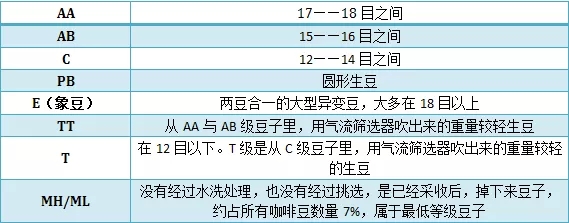
Kenyan coffee is graded according to the size, shape and hardness of coffee beans, from high to low into AA or AA+, AB, PB, C, E, TT, T:
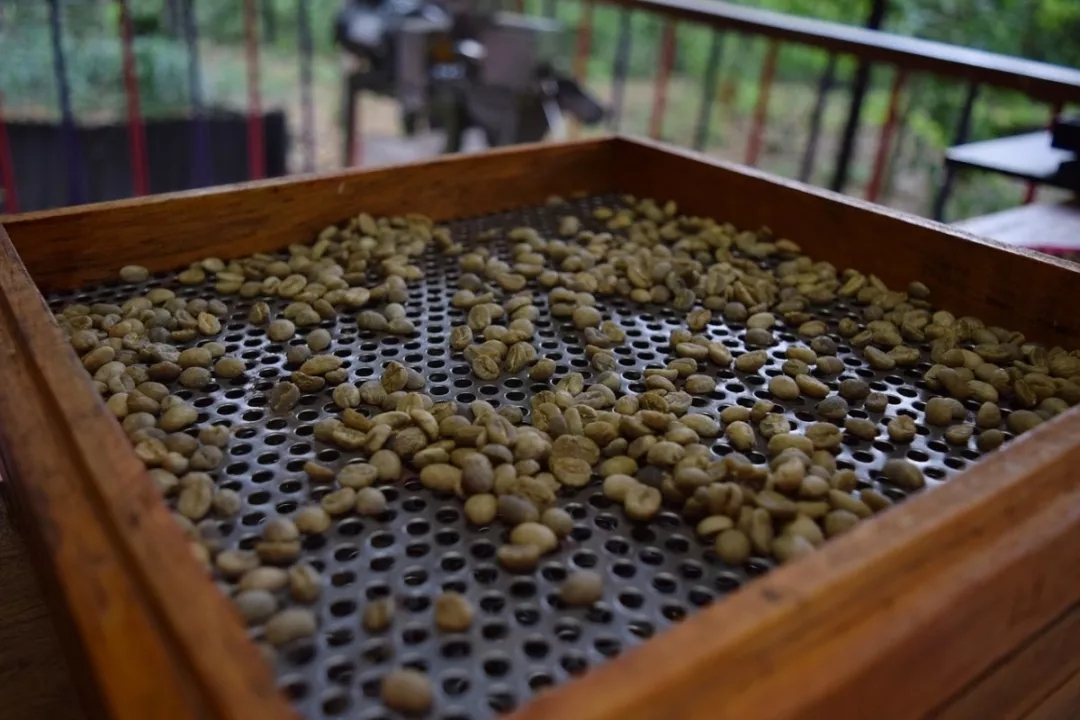
AA level: size between 17muri and 18 mesh
AB grade: between 15 Mel and 16 mesh, accounting for the majority of output, but also the most common grade of raw beans
Class C: size between 12Mui 14 mesh
PB: round raw beans, accounting for about 10% of all coffee beans
E grade (elephant bean): two beans in one large variant bean, also known as elephant ear bean Elephant ear, mostly in more than 18 mesh, also known as elephant bean, its quantity is very small.
TT grade: from AA and AB grade beans, the lighter raw beans blown by air flow filter indicate that the beans are soft and the hardness is not up to standard.
T level: below 12 items. T grade is from C grade beans, the lighter raw beans blown by air flow filter, the beans are soft, the hardness is not up to standard, and the particles are small, and there are many defective beans.
MH/ML grade: beans that have not been washed and have not been selected, because they have been harvested, fall beans, accounting for about 7% of all coffee beans, belong to the lowest grade beans, only for the Kenyan domestic market.
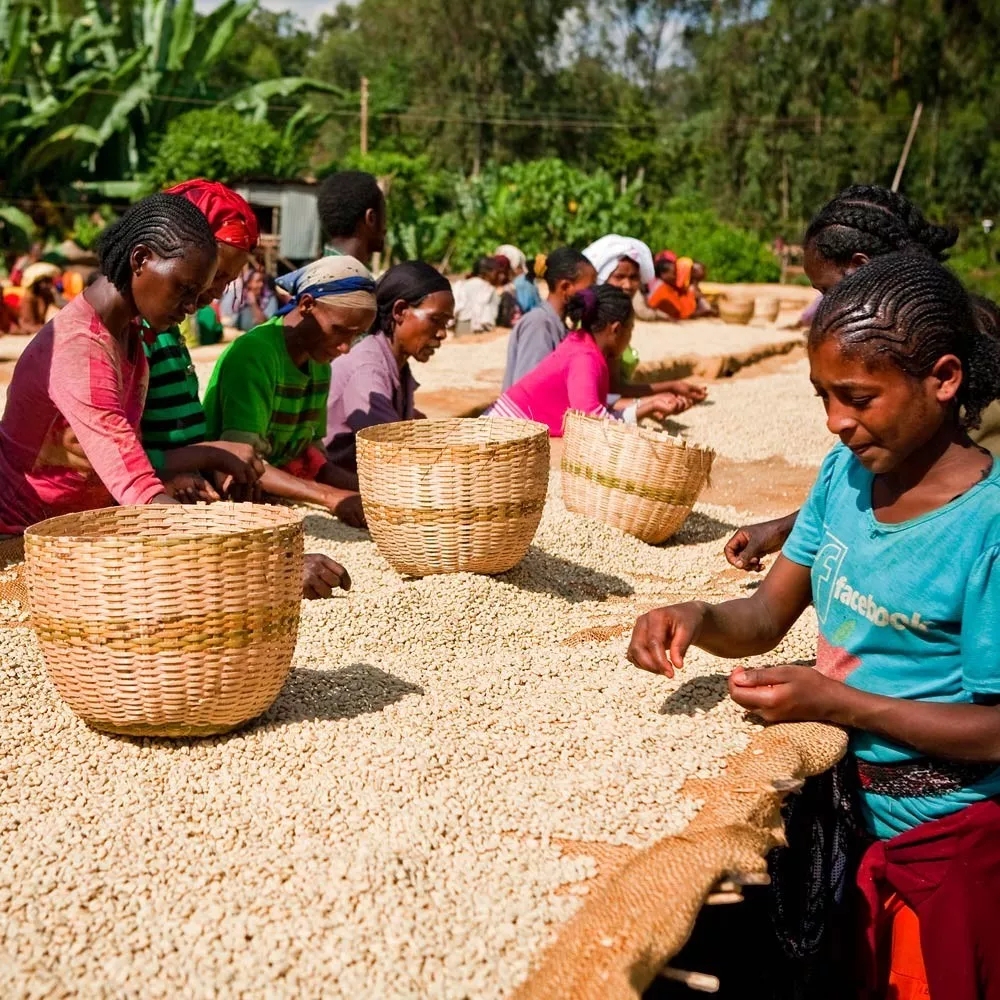
The above is Kenya's official grading system, in addition to Kenyan exporters or raw bean traders, for AA grade and AB grade of these two grades of coffee raw beans added a special classification (not officially recognized by the Kenyan country), the order is TOP, PLUS (+), FAQ.
TOP
This is graded on the basis of cup test results. at present, it is not the official grading standard of Kenya. exporters will add their own grades, so it is inevitable that commercial behavior factors will be considered, so it can only be used as a reference. everything still has to return to baking and making cup tests. that's the right thing to do.
PLUS (+)
For the same bean, due to human factors, the standards of Company An and Company B are different, so it will produce different results. after all, there is no unified grading standard for this grade, coffee flavor cup test results, there is no standard to grade, so this can only be used as a reference, everything still has to return to their own cup test.
FAQ
Fair to Average Quality will have some slight defective beans, but it does not affect the flavor.
Speaking of which, we often see things like "AA+" and "AA++". Is there anything special about that?
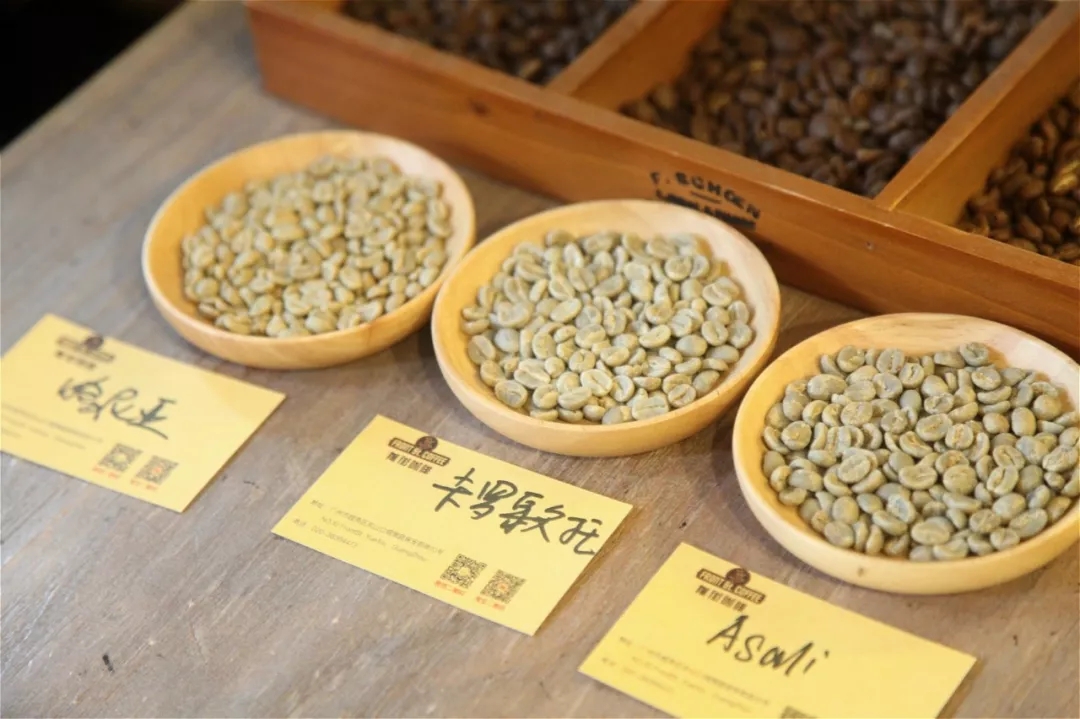
As we mentioned earlier, the grades of TOP, PLUS (+) and FAQ are agreed by Kenyan coffee, so even if it is the same bean, the standards of each company are different, so the results are not the same. It is precisely because it is graded and added by exporters, there will inevitably be commercial behavior factors, so it can only be used as a reference. It depends on the performance of beans after actual baking and cup testing.
So what's the difference between Kenyan AA TOP and ordinary Kenyan AA?
Although grades such as TOP are measured by coffee merchants in Kenya, is there actually a difference in flavor between beans marked with TOP and beans without TOP? Let's use [asali] and [Carragoto] to compare these two beans.
[Kenya Asali AA TOP exquisite 72-hour washing]
Country: Kenya
Producing area: Sika Thika
Processing plant: Asali honey processing plant
Altitude: 1550m Murray 1750m
Soil: volcanic soil
Rating: AA TOP
Variety: sl-28,sl-34
Treatment: 72 hours washing
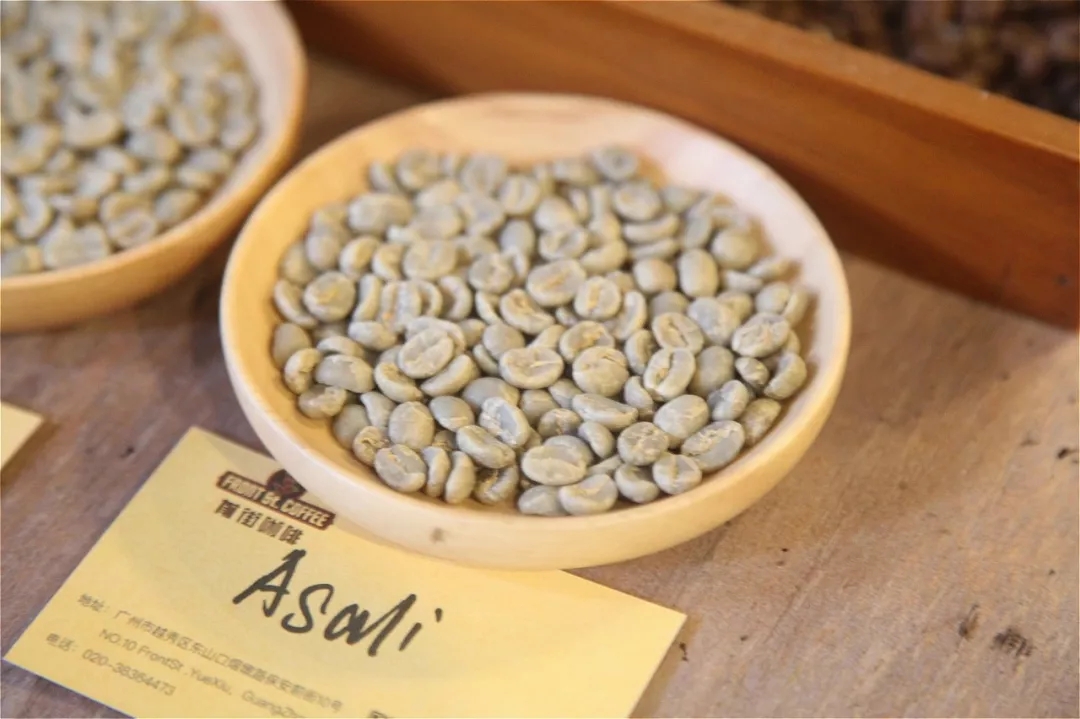
[Carol Goto KarogotoAA, Kenya]
Country: Kenya (Kenya)
Production area: Qili (Nyeri)
Processing plant: Karoguto processing plant (Karogoto)
Altitude: 1800 m
Variety: SL28, SL34
Cooperative: Tekangu FCS
Producers: small farmers, members of cooperatives

Let's make a pot by hand, and let's see what's the difference in their flavor.
Filter cup: V60
Degree of grinding: BG 5R (pass rate of Chinese standard No. 20 screen 58%)
Water temperature: 90 ℃
Powder / water ratio: 1:15
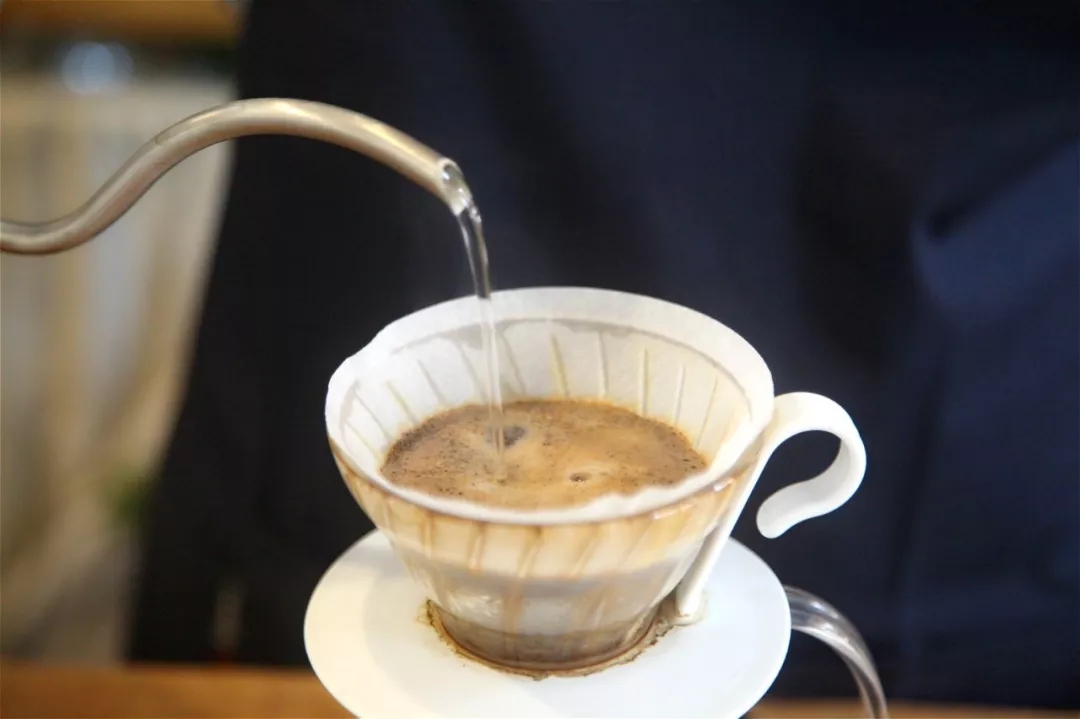
Technique: 30 grams of water steaming, steaming time for 30s, the first small water injection to 120g water cut off, slowly circle, the second stage of water injection slightly larger, injection to 225 ml of 30-120-75, the total extraction time of about 2 minutes.
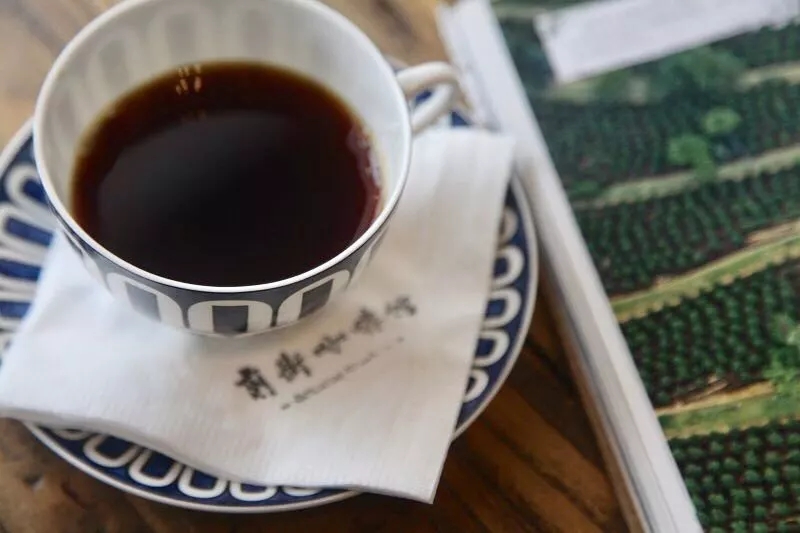
[Kenya Asali]: wet fragrance has ripe tomato and flower aroma, when the temperature is high, the entrance is sweet of caramel and yellow sugar, the temperature drops slightly, virgin fruit and uric acid emerge, the acidity is bright, the taste is clean, body is medium, the middle sweetness is prominent, and there is a sense of juice.
[Kenya Carlo Goto]: the entrance is fresh and clean virgin fruit, berries, black plum acidity, when the temperature drops, the acidity will be mixed with tea and caramel aroma.
By comparison, it is found that AA TOP beans are cleaner in flavor, richer in layers and better in alcohol thickness, sweetness and sour quality than AA beans. The sense of permeability of AA will be better, and the whole tends to be refreshing.
Important Notice :
前街咖啡 FrontStreet Coffee has moved to new addredd:
FrontStreet Coffee Address: 315,Donghua East Road,GuangZhou
Tel:020 38364473
- Prev
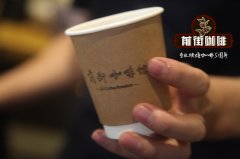
How the growing environment of Brazilian queen Huang bourbon coffee beans rushes out the flavor of citrus fruits
More information about coffee beans Please follow the coffee workshop (official Wechat account cafe_style) how the growing environment of Brazilian Queen's Yellow Bourbon Coffee beans rushes out of the Citrus Fruit Flavor Manor]: this coffee comes from FazendaRainha (Queen's Manor), which covers an area of 280mu and is located in Vale da Grama, an ancient volcanic valley in Brazil. 2011
- Next
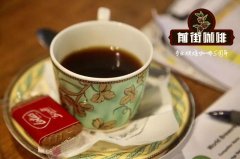
Ethiopian Limu coffee beans give you 3 reasons to love Limu coffee
Professional coffee knowledge exchange more coffee bean information please follow coffee workshop (Wechat official account cafe_style) Ethiopian Limu coffee beans when you think of Ethiopia, it is usually Yirgacheffe and Sidamo to attract everyone's attention, but I will let you know one of the best secrets of the coffee industry-quality Limu provides more balanced and refined
Related
- Does Rose Summer choose Blue, Green or Red? Detailed explanation of Rose Summer Coffee plots and Classification in Panamanian Jade Manor
- What is the difference between the origin, producing area, processing plant, cooperative and manor of coffee beans?
- How fine does the espresso powder fit? how to grind the espresso?
- Sca coffee roasting degree color card coffee roasting degree 8 roasting color values what do you mean?
- The practice of lattes: how to make lattes at home
- Introduction to Indonesian Fine Coffee beans-- Java Coffee producing area of Indonesian Arabica Coffee
- How much will the flavor of light and medium roasted rose summer be expressed? What baking level is rose summer suitable for?
- Introduction to the characteristics of washing, sun-drying or wet-planing coffee commonly used in Mantenin, Indonesia
- Price characteristics of Arabica Coffee Bean Starbucks introduction to Manning Coffee Bean Taste producing area Variety Manor
- What is the authentic Yega flavor? What are the flavor characteristics of the really excellent Yejasuffi coffee beans?

